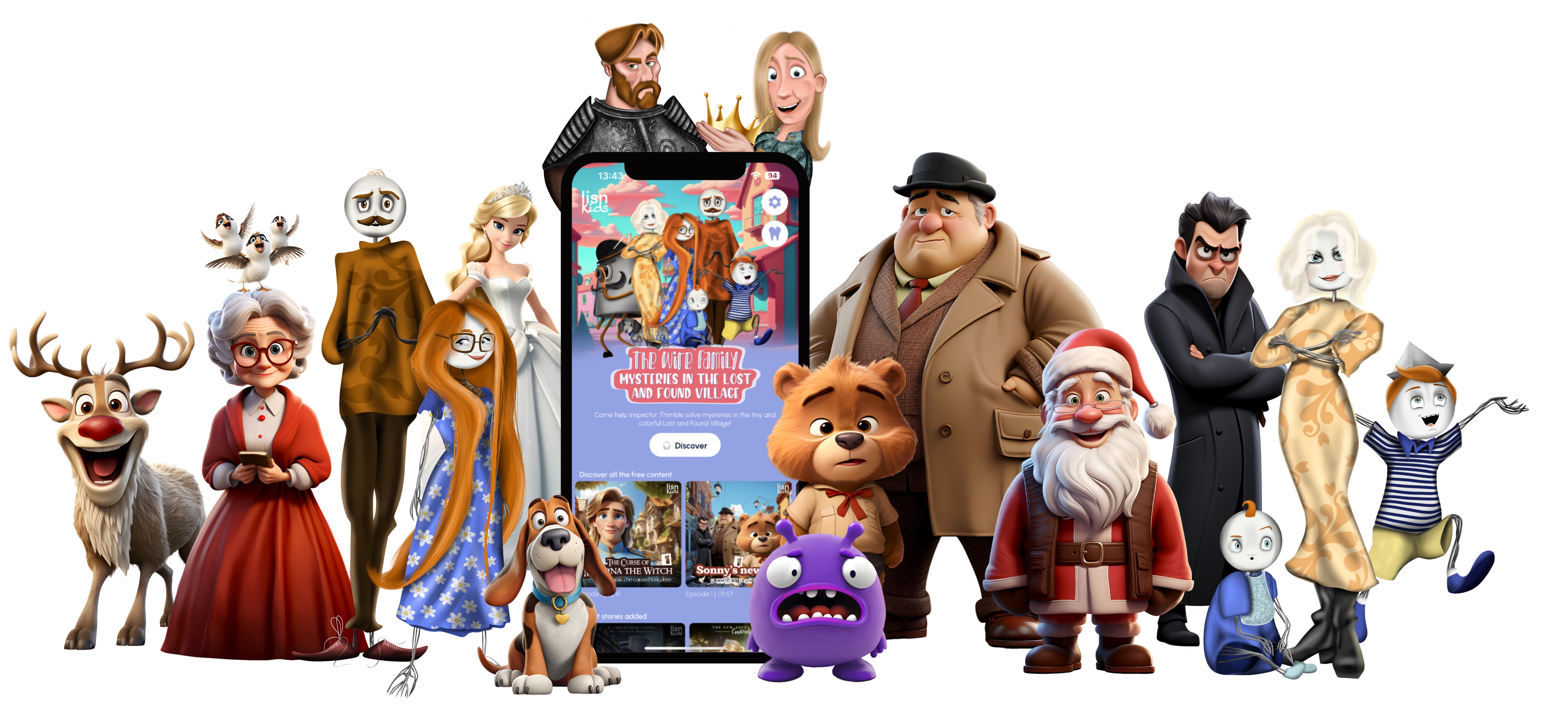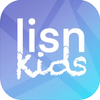What Type of Audio Content Can Soothe a Child with ADHD?
Understanding the Unique Needs of Children with ADHD
If you’re parenting a child with ADHD, you likely already know how traditional calming techniques don’t always work the way you hope. Maybe your child can’t settle into silent time, or music that relaxes others seems distracting or even irritating to them. And after a long school day—or during tricky transitions like bedtime or homework time—you just want something, anything, that helps ease the intensity.
This is where audio content can gently step in—not as a fix-all, but as a supportive tool that aligns with how many children with ADHD engage with the world: imaginatively, audibly, and with sensitivity to story and tone. But not just any audio will do. You have to choose with intention.
Why Audio Works…When It Works
Audio content can speak directly to the ADHD brain because it cuts through visual overstimulation and engages the imagination through sound. It’s passive yet immersive, requiring no screen, no manipulation of objects—just listening. This fosters calm while also allowing the mind to wander in creative, non-chaotic ways. Think of it like a soft mental anchor.
But it needs to be the right kind of audio. For some children with ADHD, loud or chaotic sounds can increase agitation. For others, slow, calm narration creates a safe cocoon. That’s why it’s important to experiment and get to know what works best for your child.
Types of Audio Content That Can Soothe Rather Than Stimulate
Let’s look at a few audio categories that often offer calm and focus for children aged 6-12 with ADHD:
1. Gentle Storytelling with Predictable Patterns
Stories with clear structure, soothing narration, and a predictable rhythm can ground an overstimulated child. They offer familiarity and flow—two things children with ADHD often crave without realizing it. Avoid plots that are too fast-paced or emotionally intense before bed or during transitions.
Many families have found bedtime stories especially effective, especially when part of a calming bedtime routine.
2. Audiobooks and Podcasts with a Single Calm Voice
Podcasts or audiobooks that use a calm, single narrator (rather than a full cast or high-energy production) can reduce sensory overload. The consistency of one tone avoids spikes in volume or unexpected sound effects that can be jarring for a sensitive listener.
3. Soundscapes and Background Ambience
While music can sometimes excite rather than soothe, natural soundscapes—like rain, ocean waves, or a quiet forest—can work wonders. They create an auditory environment that calms the nervous system and supports relaxation or focus without being too engaging. Pair this with sensory activities suggested in our quiet activity ideas list for a well-rounded moment of calm.
4. Guided Relaxation or Visualizations for Kids
Mindfulness can be tricky for kids with ADHD, but when presented through engaging guided imagery, it becomes a story-like journey. Think of visualizations that take them through peaceful places or imaginary adventures—all while learning to regulate their breathing and gently return to the moment.
Examples That Fit Into Everyday Life
Here’s how thoughtful use of audio might play out in your day-to-day:
- After-school decompression: After a full day of overstimulation, your child might benefit from a cozy corner and a favorite audio chapter while having a snack or doing a calming sensory activity.
- Long car rides: Audio stories are perfect companions on the road, where screen alternatives aren’t always ideal. Here’s how to entertain a child with ADHD on long car rides with audio in mind.
- Homework warm-ups: A short calming audio track before homework sessions can help children shift gears more peacefully, making transitions feel less abrupt. For more insights, check out our homework strategies article.
Where to Find Trusted Audio that Truly Speaks to Kids
Curated, developmentally appropriate audio content is key. Many free platforms serve up well-meaning but uneven material. One solution parents have appreciated is the LISN Kids app, which offers original, age-appropriate audiobooks and series crafted for children 3–12. The stories are designed with care—not overwhelming, always engaging, and tailored for young listeners. You can find it on iOS or Android.

Listening to What Your Child Really Needs
No two kids with ADHD are alike, and sound sensitivity varies widely. What calms one child might irritate another. That’s why it can help to start slowly—try different kinds of audio and take note of your child’s reactions. Look for shared listening time, too, especially early on. Ask them how the story made them feel. Did they like that character’s voice? Did the soundscape make them feel safe or bothered?
Remember, this isn’t about getting it right on the first try. It’s about exploring together, listening closely—not just to the stories, but to each other. And that process, even with its bumps, can be its own form of connection.
Want more ways to help your child find focus naturally? Explore how audio and environment work together in our guide on helping a 7-year-old focus better at home.
